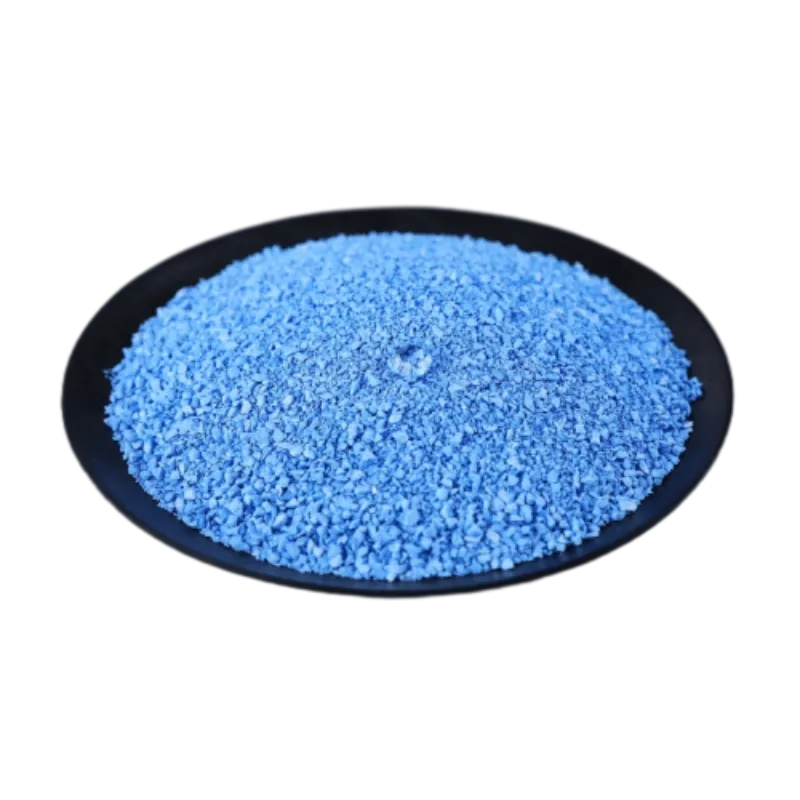
Nov . 09, 2024 12:22 Back to list
Exploring the Design and Functionality of Ancient Roman Roofing Materials and Techniques
Ancient Roman Roof Tiles An Overview of Their Significance and Design
The architectural prowess of ancient Rome has long fascinated historians and architects alike. One often-overlooked aspect of this grand civilization is its roofing materials, specifically the roof tiles used in Roman buildings. These tiles were not merely functional; they reflected the ingenuity, artistry, and societal values of the Romans. This article delves into the history, types, and significance of ancient Roman roof tiles, showcasing their role in both practical construction and the broader context of Roman culture.
Historical Context
Roof tiles in ancient Rome emerged during the 3rd century BCE as a response to the increasing urbanization and the need for durable building materials. Before the widespread use of tiles, Roman roofs were typically constructed from thatch or wooden shingles. However, these materials proved to be inadequate when faced with the elements. As Roman society evolved, so did its architectural practices, leading to the adoption of fired clay tiles that were not only more robust but also fire-resistant.
The production of roof tiles became a thriving industry in ancient Rome, with plants and workshops scattered across the empire. Archaeological evidence shows that the technology for making roof tiles spread throughout the Roman provinces, indicating the central role that these materials played in Roman construction.
Types of Roman Roof Tiles
There are several types of roof tiles that were commonly used in ancient Rome. The two primary styles are imbrices (curved tiles) and tegulae (flat tiles). Imbrices were typically used to cover the joints of the flat tegulae, ensuring that the roof was both waterproof and aesthetically pleasing.
1. Tegula Flat tiles known as tegulae were designed to be interlocking, creating a watertight barrier. Their simple rectangular shape allowed for repetitive patterns, which made them easy to install. Different sizes of tegulae were produced, but the standard size was approximately 40 cm by 30 cm. They were often decorated with stamps or inscriptions, providing valuable information about the tile makers and the manufacturing process.
ancient roman roof tiles

2. Imbrex Imbrices served as the cap tiles that covered the edges of the tegulae. These curved tiles not only enhanced the visual appeal of the roof but also acted as a vital waterproofing element, redirecting rainwater off the roof's edges.
Manufacturing Techniques
The process of making roof tiles in ancient Rome involved several steps. Raw clay was extracted from the earth and molded into shape using wooden or ceramic forms. After molding, the tiles were dried and then fired in large kilns at high temperatures. This firing process gave the tiles their characteristic durability and weather resistance. Roman tile makers often experimented with different types of clay and firing techniques, resulting in tiles with varying colors and textures.
Cultural Significance
Beyond their functional aspects, ancient Roman roof tiles are imbued with cultural significance. They are evidence of Romans' advanced understanding of architecture and engineering. The decorative stamps found on many tiles provide insights into the social, economic, and political contexts of the time. These markings sometimes include the name of the tile maker, the Roman legion, or even a depiction of mythological creatures, reflecting the cultural and artistic values of the society.
Moreover, roof tiles also served as a status symbol. Wealthier citizens and elite families often employed more elaborate tiles or those adorned with intricate designs to showcase their affluence and aesthetic sensibilities. The variation in tile style and quality can also be seen as an indicator of the social hierarchy within Roman society.
Conclusion
Ancient Roman roof tiles are far more than mere construction materials; they represent a convergence of functionality, artistry, and cultural identity. Their evolution from simple clay forms to intricate roofing systems illustrates the Romans' innovative spirit and their ability to adapt to both environmental demands and societal expectations. Today, the remnants of these tiles provide key insights into the construction techniques and cultural dynamics of one of history's most influential civilizations. As we study these ancient artifacts, we gain a greater appreciation for the craftsmanship and ingenuity that defined the Roman architectural landscape.
-
Stone Coated Metal Roof Tile-Nosen Tile: Durable & Stylish Roofing
NewsJul.23,2025
-
Durable Tiles Made of Clay for Modern Cladding Solutions
NewsJul.22,2025
-
Stone Coated Roman Tile Metal Roofing - Durable & Elegant
NewsJul.22,2025
-
Premium Roofing Granules for Sale - High Durability & Cost-Saving
NewsJul.21,2025
-
Durable Laminated Shingles for Weather-Resistant Roofing
NewsJul.21,2025
-
Rubber Roofing Shingles - Durable & Weatherproof SBS Rubber Asphalt Shingles for Homes & Businesses
NewsJul.08,2025







